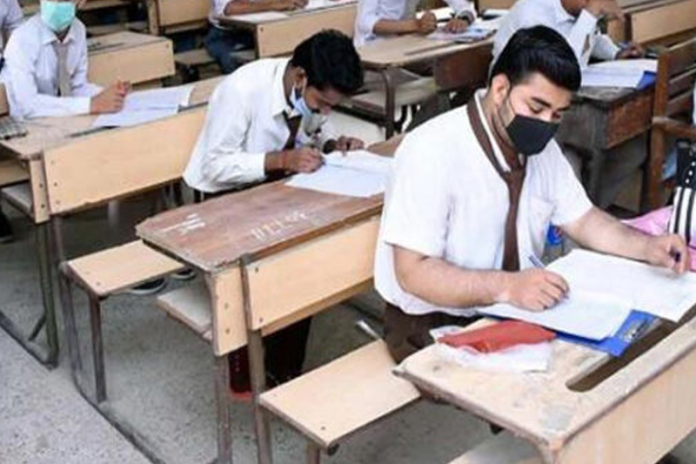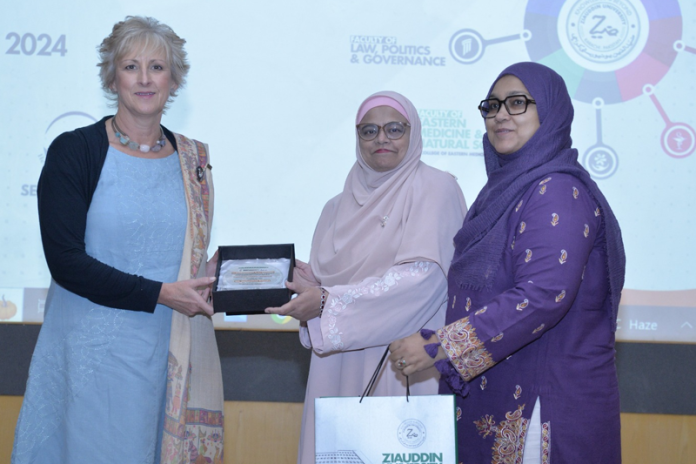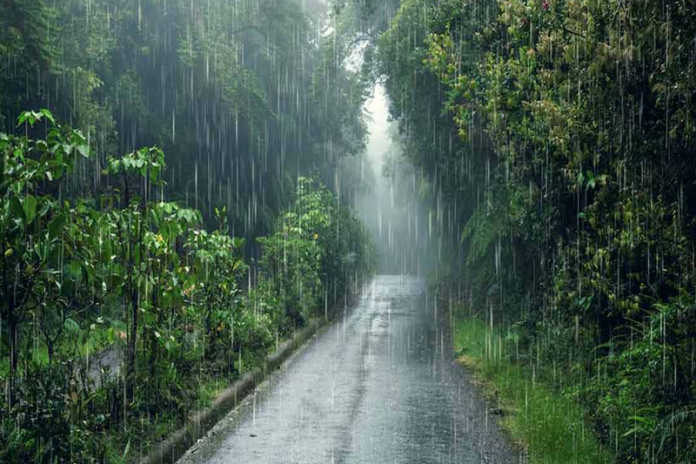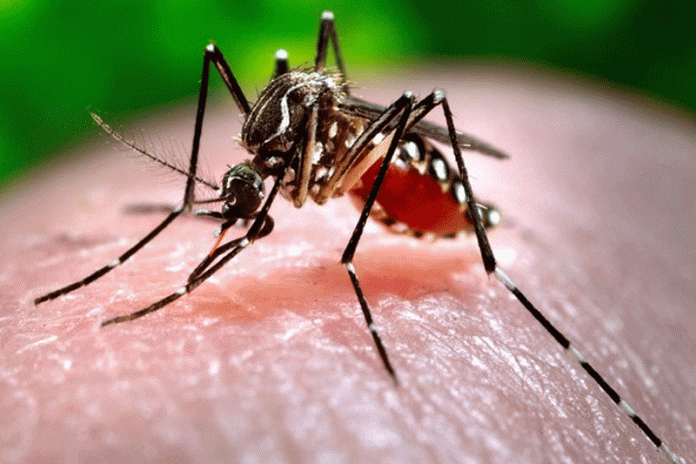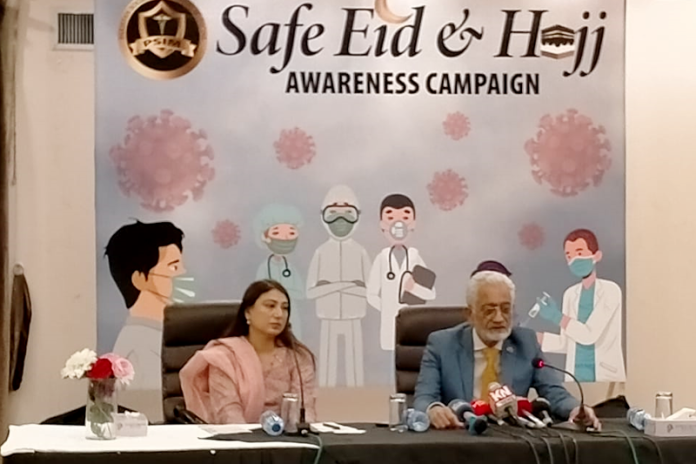Diamer-Bhasha Dam and other small dams
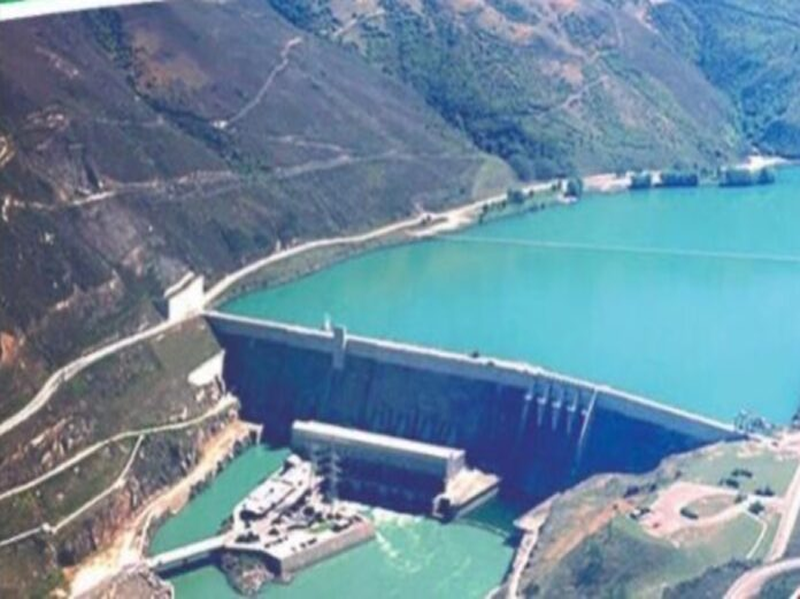
- 152
- 0
Nature has blessed Pakistan with vast water reservoirs, which can be harnessed to generate cheap electricity and make millions of acres of barren land cultivable, but we have not made any progress in this direction after the construction of Mangala and Tarbela dams a long time ago.
Kala Bagh Dam could not be built due to some reasons, if it was built, it would have been a great asset of the country. The foundation stone of Diamar Bhasha dam was laid but it too fell victim to poor planning. In 2020, the previous government started its construction in a hurry, but neglected the aspect of financing. The problems increased, and the estimated cost, which was estimated at 479 billion rupees at that time and 120 billion rupees spent on land purchase, has now increased to 1400 billion rupees. Due to the delay, its expenses increased enormously. This is a key project for water and food security of Pakistan. A high-level meeting was held two days ago under the chairmanship of Federal Minister to review the progress on the dam. In which it was emphasized to complete it as soon as possible.
The meeting was attended by the federal secretaries of the relevant departments and senior officials of the institutions. At a time when the country is suffering from severe economic crisis and the burden of foreign debt is continuously increasing, the usefulness of this project has increased even more than before. It is not so easy to provide resources for this, but the government has to take necessary steps in the national interest. Apart from irrigation and electricity, it can also become a great source of employment. In this regard, the decision to build 32 new small dams in the country is valuable, for which funds of billions of rupees have been allocated. This dam will be built by the federal government. According to the survey reports, the northern regions, Khyber Pakhtunkhwa, Balochistan, Azad Kashmir and most of the districts of Upper Punjab are suitable for hundreds of medium and small dams due to their hilly nature.
The water from the monsoon rains every year, which goes into the rivers causing floods and eventually gets lost in the sea, can be saved for irrigation and drinking water by building countless dams in the plains. As a matter of fact, it is high time to redress the water woes. Pakistan's water woes are no secret. There is no denying that our country is going to face severe shortage of water within next twenty years. In urban centres, the biggest issue is the shortage of drinking water. In Karachi, several projects were implemented, but with the increasing population of the city, the need for water also increased. Due to the influx of people from every city of the country to get employment and some facilities in the city of Karachi with a population of around 20 million, numerous slums have been born. They also have settlements where basic facilities are lacking. At many places fresh water came out through boring, so people installed water pumps while at other places water is transported by various means including donkey carts which is expensive. Phase one of "K4" 260 MGD is under construction in Thatta and Malir districts.
Through the project, water will be supplied to Karachi through three reservoirs from a distance of more than 100 km (Keenjhar Lake Thatta). A 650 MGD structure is being constructed in this chapter, the gravity channel of which will be built up to Keenjhar Pumping Complex. Early completion of four projects is among the priorities of the Water Corporation. Meanwhile, experts say that serious efforts are needed to thwart the water issue which is going to aggravate in coming years across the country. According to the World Health Organization, only 22 percent of Pakistan's population has access to clean drinking water, while 85 percent are facing problems. Along with preventing wastage of water, recycling and construction of dams for agricultural purposes is our most important national need. Evidence shows that water scarcity is a major threat in Pakistan. The question is, how big a risk is it? How fast is it growing? And what should we do to deal with it or avoid it? These are questions that need to be answered as soon as possible, before it's too late. According to WWF, the available amount of water in Pakistan is 250 billion cubic meters, of which ninety percent is for agriculture, four percent for industry and the remaining six percent for domestic use. That is, only 15 billion cubic meters of water out of 250 are available for domestic use. If we talk about water for domestic use only, 70% of the 22 crore people do not have access to clean drinking water.
According to the World Financial Organization, Pakistan is at the third place in the list of countries facing water scarcity. Along with this, according to UNDP and Pakistan Council of Research in Water Resources, Pakistan will suffer from water shortage by 2025. Researchers also say that if the situation continues and no measures are taken, by 2040 Pakistan will become the most water-scarce country in South Asia. Every year in our dear country, the monsoon season reaches the limit of unusual rains, floods and their destruction, in the rest of the months, we face a crisis to meet other needs including irrigation and drinking water.
For more than two decades, international experts have been warning that the quality and security of fresh and fresh water in Pakistan is being undermined by a growing population, the effects of climate change and a lack of addressing groundwater issues.




















